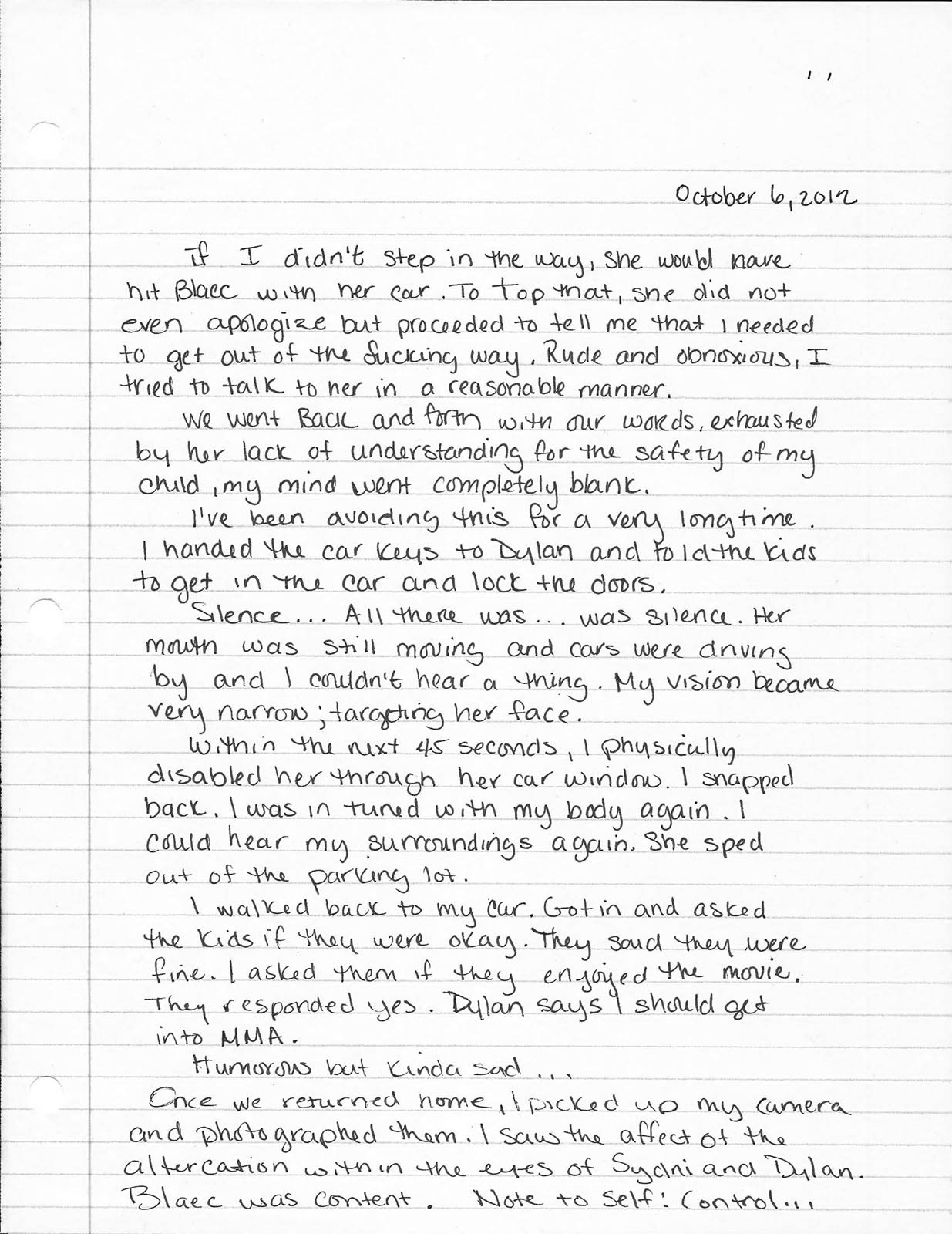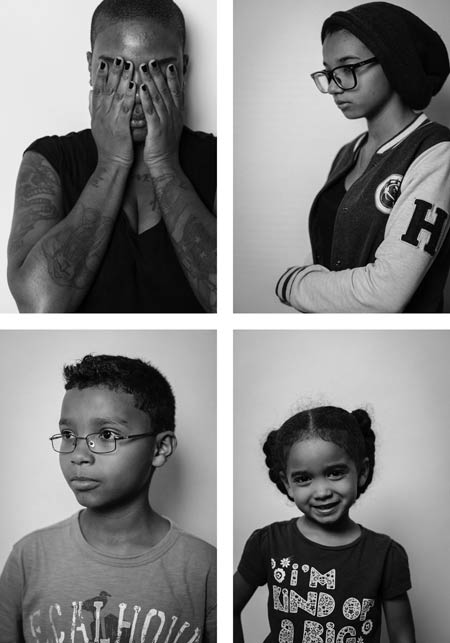

“One does not become enlightened by imagining figures of light, but by making the darkness conscious.” – Carl Jung
Self-revelation is one of the scariest processes a person can embark upon, leaving them vulnerable and open to criticism. For the artist, self-revelation is an ongoing process. Yet many artists suppress the darkness and shadows that haunt our existence. Why? In my opinion, fear overshadows natural curiosity, inhibits the search for answers and inquiry through artistic self-expression. As an artist/educator and self-professed Jungian, I believe in the process that psychoanalyst Carl Jung coined “individuation.” This theory is one of the foundations of transformative learning theory.
Individuation is a transformational process that bridges and balances the elements of the psyche: the conscious with the collective and personal unconscious. The elements of the psyche are the conscious (self/ego); the personal unconscious (memories); and the collective unconscious (all knowledge and experiences that we as a species inherit). Basically, individuation involves the seeking of buried memories or experiences of the self that provoke emotions that can consciously bring balance and harmony. Before all parts of the psyche can be integrated, the process of differentiation must be experienced. Differentiation involves working through the individual elements of the psyche. Spiritually, metaphysically, and philosophically, my artistic process consists of finding purpose through constructing and deconstructing memory and experience through the individual and collective identity. Unexpectedly, this transformational journey presented itself to me through a series of events that I buried in the personal unconscious for a long time.
For the artist, self-revelation is an ongoing process. Yet many artists suppress the darkness and shadows that haunt our existence.


“Knowing your own darkness is the best method for dealing with the darknesses of other people.” – Carl Jung


My journey as a visual storyteller started off very shaky, many years ago. I knew I wanted to tell a narrative, which led to studying photojournalism. However, my attention, at the time, was focused on other people and their issues. I wanted to save the world! Save the children! Equality for all! But in all reality I needed to save myself. In hindsight, ignorance was my fear and shadow. I allowed myself to be confined in a box of generic formulas of if all fails, rely on tight, medium and wide shots. I was doing myself more harm than good. I wanted to go beyond the collective. This was one of the reasons why I decided to continue my journey outside of the military. The uniform did not fit me anymore. Same issues just different environment… Conformity was not a fashionable look for me.
Discovering my creative voice through narrative was not evident until I was involved in an incident, an act of violence. The isolated rage and emotion that was unleashed as a result of this incident was buried and had not been addressed in a long time. Jung states, “…if it [the shadow] is repressed and isolated from consciousness, it never gets corrected and is liable to burst forth suddenly in a moment of unawareness. At all events, it forms an unconscious snag, thwarting our most well-meant intentions.” He continues, “The educated man tries to repress the inferior man in himself, not realizing that by so doing he forces the latter into revolt.”
In turn, my act of violence became the breaking point and starting point for me to confront my shadow. I became the object and the subject. This was an unnatural process and experience. Furthermore, this incident eventually became my “ah ha” moment that revealed a side of me that I have avoided for almost eight years. It was a moment where I faced my shadow.


Incidents: A visual reflection and documentation of the process of individuation
Incidents is the foundation of the process of individuation, in which I used memory, experience, and identity (collective and individual) as a vehicle to construct a narrative. Furthermore, I make art to externalize the memories, experiences and inquiries, and turn them into tangible objects. This photographic narrative explores my personal journey dealing with combat-related Post Traumatic Stress Disorder (PTSD). I incorporated a written narrative and visual images to construct a story that many female veterans may have experienced.
I have been asked many times if creating Incidents is a form art therapy. It is important for me to stress that this is not a form of art therapy. I used critical reflection of the self and environment through written journal entries to work out what I was going through at the moment. Though, I found it to be very therapeutic to create; the process was transformational in my personal development as an artist and overall person.


Inspiration and Advocacy
Artist and MacArthur Genius Recipient Carrie Mae Weems is an inspiration in regards to my photographic work. Weems’s Kitchen Table Series from 1990 was an introduction to a body of work that made me passionate about my work. Her minimalistic style, using only a single light source in her own space – her kitchen table – conveys the struggle of family and the fight for power between those characters depicted. She didn’t have to go to another country or state to find a narrative of conflict. It was located in her home. She used herself as the story. Weems represents a voice, in my opinion, of all women. That’s what I admire about her. From there, that’s what I aspire to be. As she “focused on the role of narrative, the social levels of humor, the deconstruction of documentary, the construction of history, the use of text, storytelling, performance, and the role of memory,” I bravely want to cater my work toward those themes but modernize them to pertain to issues that our prevalent in our society.
Advocating on behalf of the “invisible feminine” is vital to me. Many females, specifically female veterans, including myself, are not represented holistically through the eyes of the media, government, arts, and culture. While we are a crucial part of society and culture, our issues are not treated with the same consideration and import as those of our male counterparts. We are not weak, however our voice is not heard, and we are not recognized as we should be. Why is that? Why did it take so long for our accomplishments and issues to be acknowledged?



